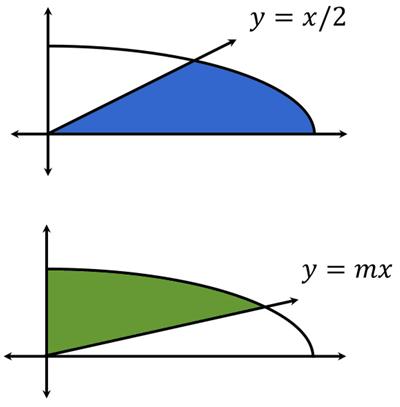 This is a nifty problem from Presh Talwakar.
This is a nifty problem from Presh Talwakar.
“This is adapted from the 1994 Putnam, A2. Thanks to Nirman for the suggestion!
Let R be the region in the first quadrant bounded by the x-axis, the line y = x/2, and the ellipse x2/9 + y2 = 1. Let R‘ be the region in the first quadrant bounded by the y-axis, the line y = mx and the ellipse. Find the value of m such that R and R‘ have the same area.”
See the Putnam Ellipse Areas Problem for solution.

 Here is another typical sum puzzle from Presh Talwalkar.
Here is another typical sum puzzle from Presh Talwalkar.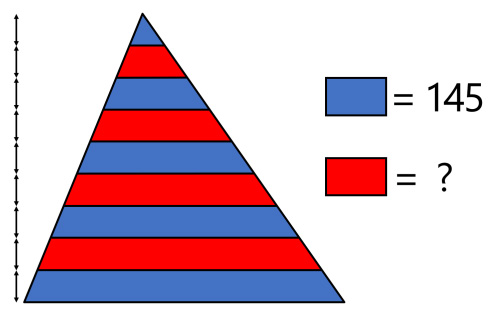 This is a fairly straight-forward problem from Presh Talwalkar.
This is a fairly straight-forward problem from Presh Talwalkar.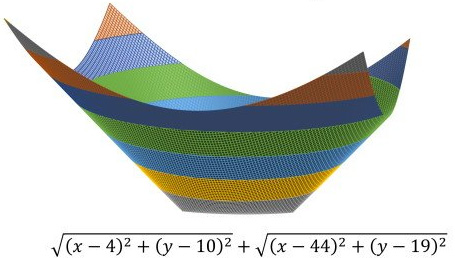 This seemingly impossible
This seemingly impossible 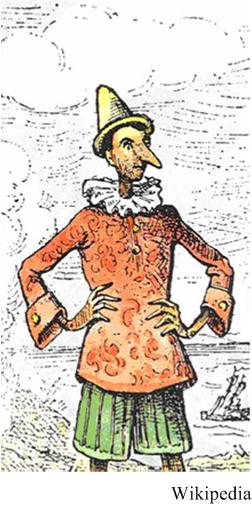 This
This  This is another infinite series from
This is another infinite series from  This is another candle burning problem, presented by
This is another candle burning problem, presented by  This is a nice brain tickling problem from
This is a nice brain tickling problem from  Here is another
Here is another 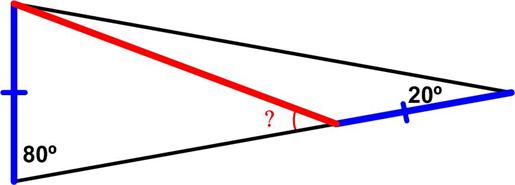 Here is yet another problem from
Here is yet another problem from